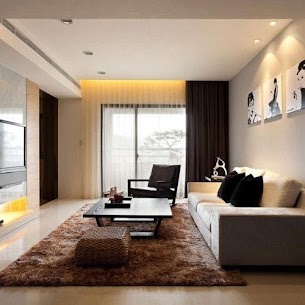Blog Detail
Let our experience work for you.- Home
- Blog Detail

Like interiors, paintings were in bright colours
- 2022-12-15
- VS Designo
Gothic ornament sometimes makes use of motifs similar to those of classical interiors, such as the acanthus leaf and the rosette, but the treatment is very different. The Gothic craftsman liked to abstract certain features of his model and emphasize them in a stylized manner, as in the heraldic eagle, especially as it is used on the reverse of dishes from Moorish Spain and in coats of arms like that of the Holy Roman emperor. It no longer bears any resemblance to the naturally depicted Roman eagle but is stylized, with a geometrically drawn tail. Similarly, the lion has its open mouth, tongue, mane, tail, and claws treated in the same way. Compass work is a marked feature of much Gothic ornament. The cross, for instance, is never a plain cross but is ornamented with geometric motifs; it may represent a reemergence of some old Celtic motifs, which were often based on compass work.
Much Gothic ornament is floral and foliate, freely and naturally treated in some cases but stylized in others. Like interiors, paintings were in bright colours. Some of the ornamental motifs to be found in objects intended for interior furnishing are architectural, like the crocket (projections in foliate form), the panelling of chair backs, and the doors of buffets. Interior Designer In Chandkheda are very well known for this.
